|
|
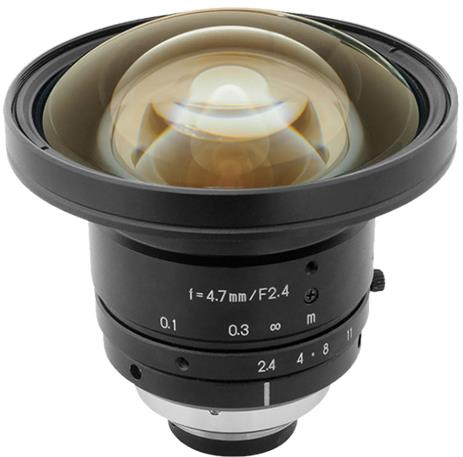 |
LENS-4-S
4.7mm Standard Lens, Focal Length: 4.7mm,Type: Standard , Iris Range: F2.4-F11, Minimum Focus Range: 0.1m, FOV (1m): 2.40m x 2.40m,FOV (10m) 24.0m x 24.0m, FOV (100m) 240m x 240m, Temperature Range -10°C ~ +50°C, Filter Ring Not Available
|
|
6-8 weeks |
Request for quote |
|
|
|
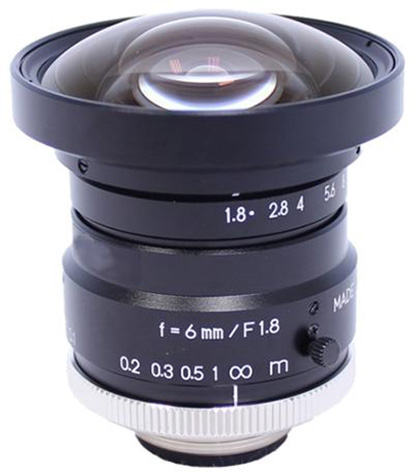 |
LENS-6-S
6mm Standard Lens, Focal Length 6mm, Type Standard,Iris Range F1.8-F11, Minimum Focus Range 0.1m, FOV (1m)1.88m x 1.88m, FOV (10m) 18.8m x 18.8m, FOV (100m) 188m x 188m, Temperature Range -10°C ~ +50°C, Filter Ring Not Available
|
|
6-8 weeks |
Request for quote |
|
|
|
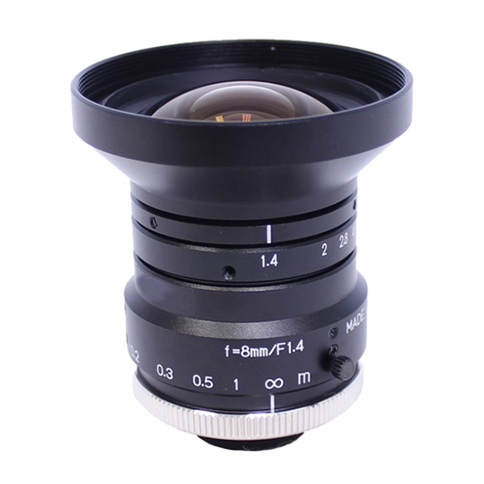 |
LENS-8-S
8mm Standard Lens,Focal Length 8mm, Type Standard,Iris Range F1.4 - 16, Minimum Focus Range 0.1m, FOV (1m) 1.41m x 1.41m, FOV (10m)14.1m x 14.1m, FOV (100m)141m x 141m, Temperature Range-10°C ~ +50°C, Filter Ring M55x0.75
|
|
6-8 weeks |
Request for quote |
|
|
|
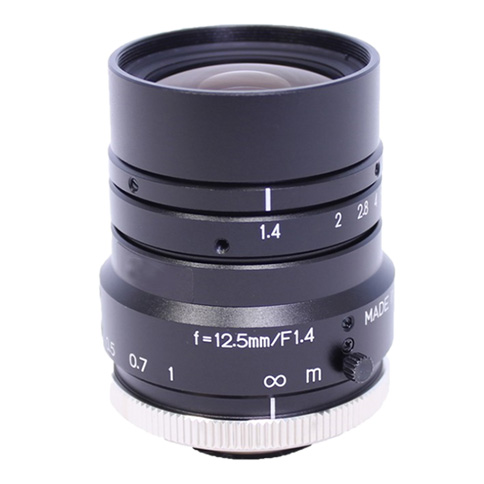 |
LENS-12-S
12.5mm Standard Lens, Focal Length 12.5mm, Type Standard, Iris Range F1.4 - 16, Minimum Focus Range 0.1m, FOV (1m)0.901m x 0.901m, FOV (10m) 9.01m x 9.01m, FOV (100m)90.1m x 90.1m, Temperature Range -10°C ~ +50°C, Filter Ring M35.5x0.5
|
|
6-8 weeks |
Request for quote |
|
|
|
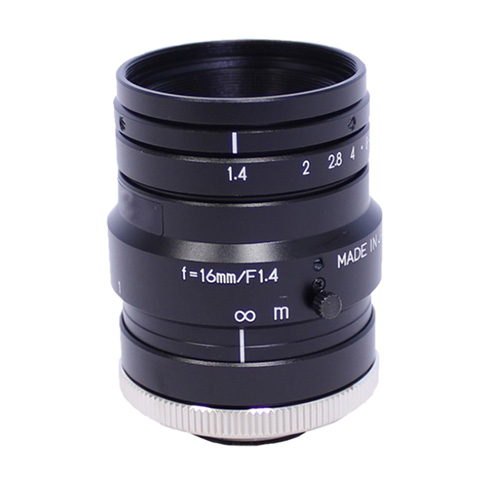 |
LENS-16-S
16mm Standard Lens, Focal Length 16mm, Type Standard, Iris Range F1.4 - 16, Minimum Focus Range 0.1m, FOV (1m)0.704m x 0.704m, FOV (10m)7.04m x 7.04m, FOV (100m)70.4m x 70.4m, Temperature Range-10°C ~ +50°C, Filter Ring M35.5x0.5
|
|
6-8 weeks |
Request for quote |
|
|
|
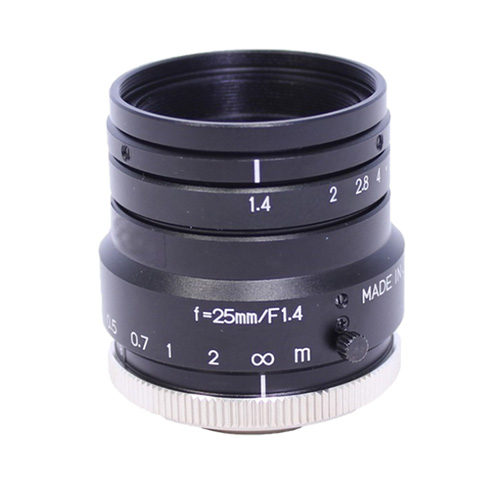 |
LENS-25-S
25mm Standard Lens, Focal Length 25mm, Type Standard, Iris Range F1.4 - 16, Minimum Focus Range 0.3m, FOV (1m) 0.450m x 0.450m, FOV (10m) 4.50m x 4.50m, FOV (100m) 45.0m x 45.0m, Temperature Range -10°C ~ +50°C, Filter Ring M35.5x0.5
|
|
6-8 weeks |
Request for quote |
|
|
|
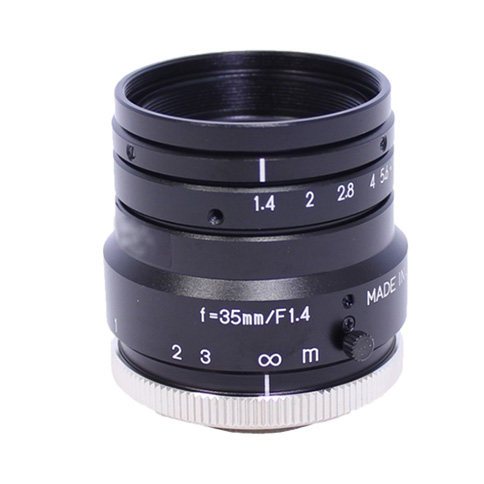 |
LENS-35-S
35mm Standard Lens, Focal Length 35mm, Type Standard, Iris Range F1.4 - 16, Minimum Focus Range 0.3m, FOV (1m) 0.322m x 0.322m, FOV (10m) 3.22m x 3.22m, FOV (100m) 32.2m x 32.2m, Temperature Range -10°C ~ +50°C, Filter Ring M35.5x0.5
|
|
6-8 weeks |
Request for quote |
|
|
|
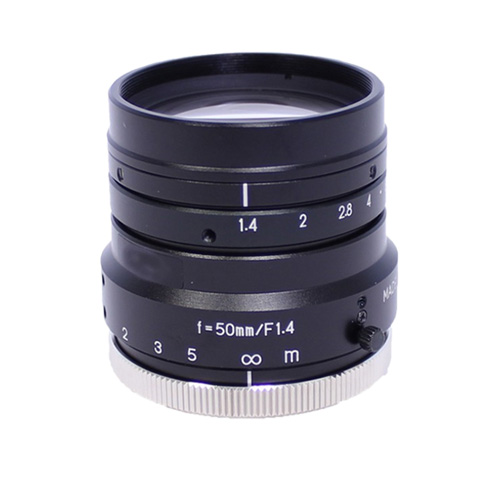 |
LENS-50-S
50mm Standard Lens, Focal Length 50mm, Type Standard, Iris Range F1.4 - 16, Minimum Focus Range 0.5m, FOV (1m) 0.225m x 0.225m, FOV (10m) 2.25m x 2.25m, FOV (100m) 22.5m x 22.5m, Temperature Range -10°C ~ +50°C, Filter Ring M40.5x0.5
|
|
6-8 weeks |
Request for quote |
|
|
|
 |
LENS-75-S
75mm Standard Lens, Focal Length 75mm, Type Standard, Iris Range F1.8 - 16, Minimum Focus Range 1.0m, FOV (1m) 0.150m x 0.150m, FOV (10m) 1.50m x 1.50m, FOV (100m) 15.0m x 15.0m, Temperature Range -10°C ~ +50°C, Filter Ring: M46x0.75
|
|
6-8 weeks |
Request for quote |
|
|
|
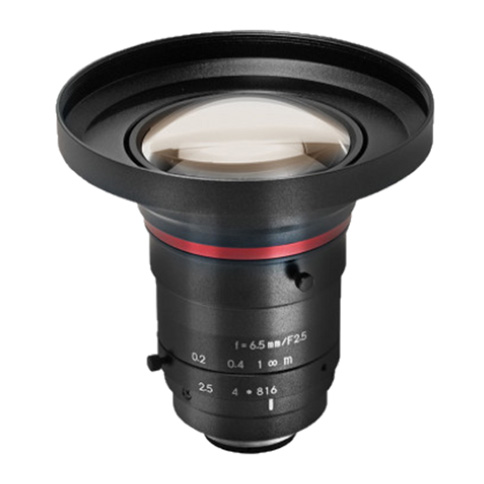 |
LENS-6-LD
6.5mm Low Distortion Lens, Focal Length 6.5mm, Type Low Distortion, Iris Range F2.5 - 16, Minimum Focus Range 0.1m, FOV (1m) 1.73m x 1.73m, FOV (10m) 17.3m x 17.3m, FOV (100m) 173m x 173m, Temperature Range -10°C ~ +50°C, Filter Ring M82x0.75
|
|
6-8 weeks |
Request for quote |
|
|
|
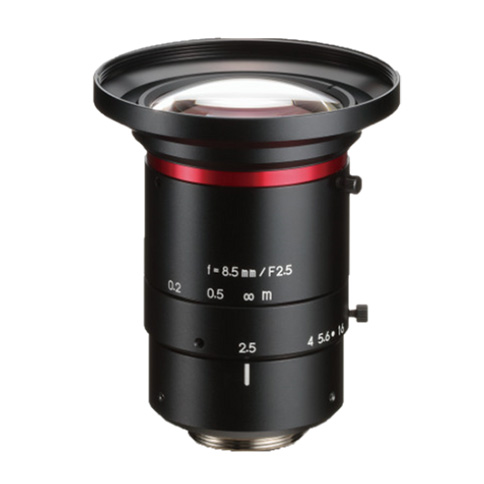 |
LENS-8-LD
8.5mm Low Distortion Lens, Focal Length 8.5mm, Type Low Distortion, Iris Range F2.8 - 16, Minimum Focus Range 0.1m, FOV (1m) 1.32m x 1.32m, FOV (10m)13.2m x 13.2m, FOV (100m)132m x 132m, Temperature Range -10°C ~ +50°C, Filter Ring M62x0.75
|
|
6-8 weeks |
Request for quote |
|
|
|
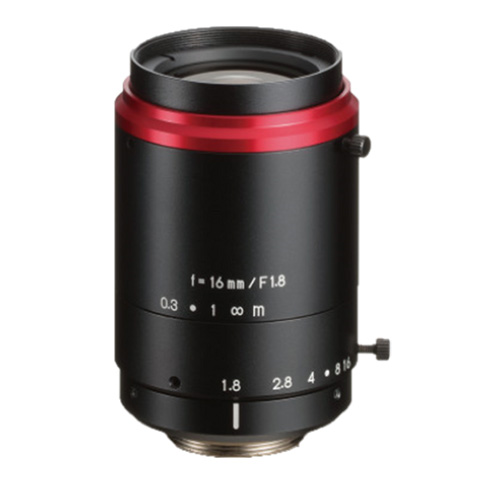 |
LENS-16-LD
16mm Low Distortion Lens, Focal Length 16mm, Type Low Distortion, Iris Range F1.8 - 16, Minimum Focus Range 0.1m, FOV (1m) 0.704m x 0.704m, FOV (10m) 7.04m x 7.04m, FOV (100m) 70.4m x 70.4m, Temperature Range -10°C ~ +50°C, Filter Ring M35.5x0.5
|
|
6-8 weeks |
Request for quote |
|
|
|
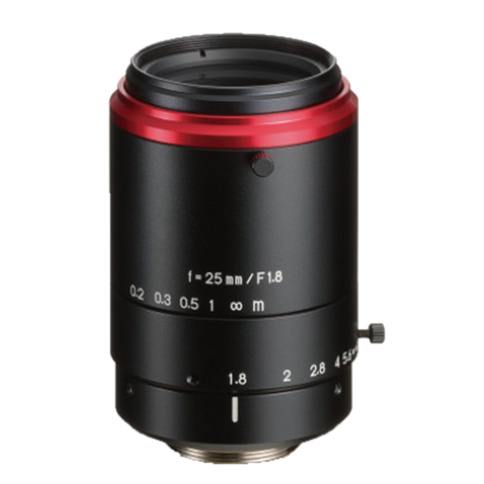 |
LENS-25-LD
25mm Low Distortion Lens, Focal Length 25mm, Type Low Distortion, Iris Range F1.8 - 16, Minimum Focus Range 0.1m, FOV (1m) 0.450m x 0.450m, FOV (10m) 4.50m x 4.50m, FOV (100m) 45.0m x 45.0m, Temperature Range -10°C ~ +50°C, Filter Ring M35.5x0.5
|
|
6-8 weeks |
Request for quote |
|
|
|
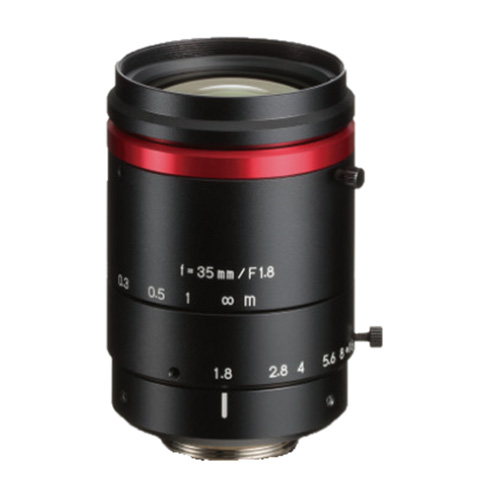 |
LENS-35-LD
35mm Low Distortion Lens, Focal Length 35mm, Type Low Distortion, Iris Range F1.8 - 16, Minimum Focus Range 0.2m, FOV (1m) 0.322m x 0.322m, FOV (10m) 3.22m x 3.22m, FOV (100m) 32.2m x 32.2m, Temperature Range -10°C ~ +50°C, Filter Ring M40.5x0.5
|
|
6-8 weeks |
Request for quote |
|
|
|
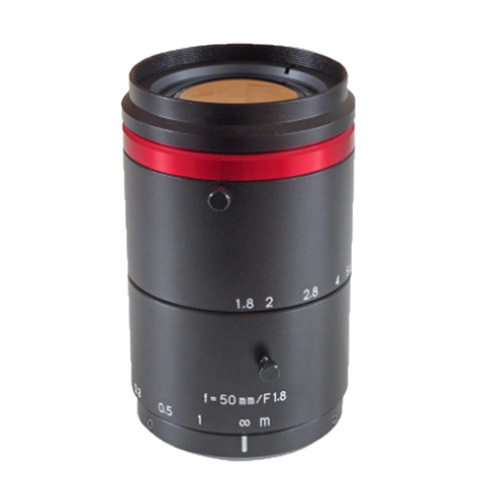 |
LENS-50-LD
50mm Low Distortion Lens,Focal Length 50mm, Type Low Distortion, Iris Range F1.8 - 16, Minimum Focus Range 0.2m, FOV (1m) 0.225m x 0.225m, FOV (10m) 2.25m x 2.25m, FOV (100m) 22.5m x 22.5m, Temperature Range -10°C ~ +50°C, Filter Ring M40.5x0.5
|
|
6-8 weeks |
Request for quote |
|
|
|
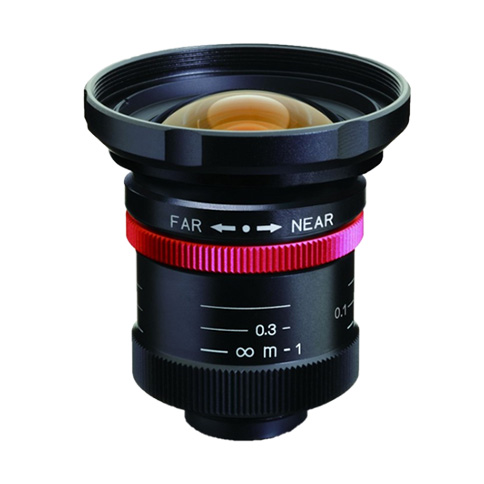 |
LENS-8-R
8mm Ruggedized Lens, Focal Length: 8mm, Type Ruggedized, Iris Range F1.4/F2.8/F4/F8, Minimum Focus Range 0.1m, FOV (1m) 1.41m x 1.41m, FOV (10m) 14.1m x 14.1m, FOV (100m) 141.0m x 141.0m, Temperature Range -10°C ~ +50°C, Filter Ring M55x0.75
|
|
6-8 weeks |
Request for quote |
|
|
|
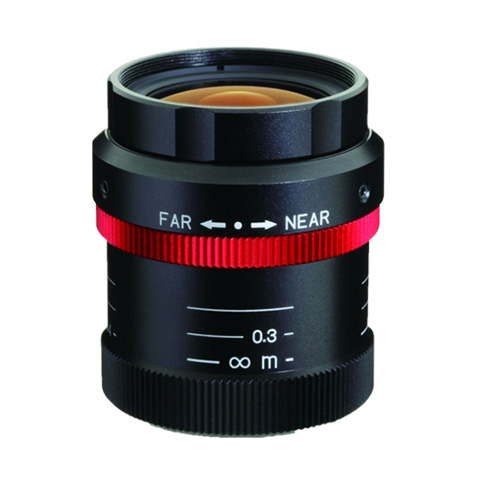 |
LENS-12-R
12.5mm Ruggedized Lens, Focal Length 12.5mm, Type Ruggedized, Iris Range F1.4/F2.8/F4/F8, Minimum Focus Range 0.3m, FOV (1m) 0.901m x 0.901m, FOV (10m) 9.01m x 9.01m, FOV (100m) 90.1m x 90.1m, Temperature Range -10°C ~ +50°C, Filter Ring M35.5x0.5
|
|
6-8 weeks |
Request for quote |
|
|
|
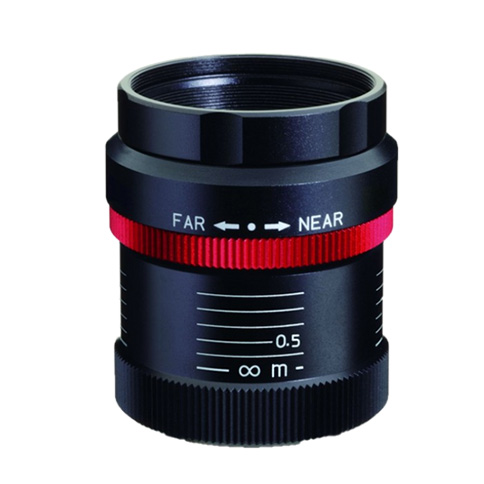 |
LENS-16-R
16mm Ruggedized Lens, Focal Length 16mm, Type Ruggedized, Iris Range F1.4/F2.8/F4/F8, Minimum Focus Range 0.3m, FOV (1m) 0.704m x 0.704m, FOV (10m) 7.04m x 7.04m, FOV (100m) 70.4m x 70.4m, Temperature Range -10°C ~ +50°C, Filter Ring M35.5x0.5
|
|
6-8 weeks |
Request for quote |
|
|
|
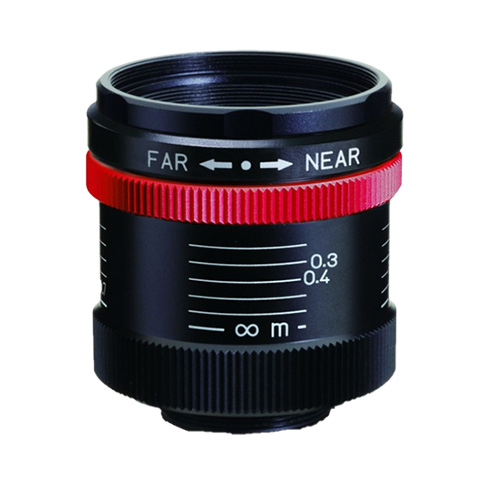 |
LENS-25-R
25mm Ruggedized Lens, Focal Length 25mm, Type Ruggedized, Iris Range F1.4/F2.8/F4/F8, Minimum Focus Range 0.3m, FOV (1m) 0.450m x 0.450m, FOV (10m) 4.50m x 4.50m, FOV (100m) 45.0m x 45.0m, Temperature Range -10°C ~ +50°C, Filter Ring M35.5x0.5
|
|
6-8 weeks |
Request for quote |
|
|
|
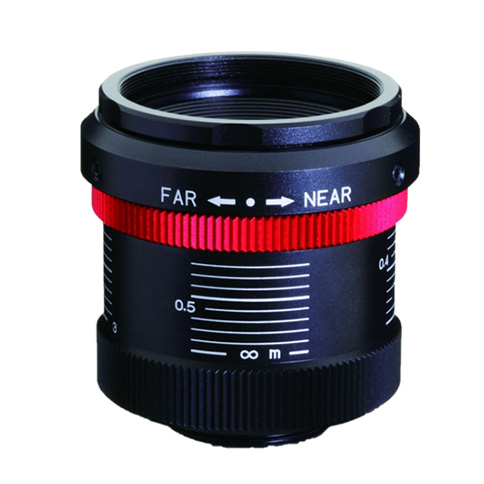 |
LENS-35-R
35mm Ruggedized Lens, Focal Length 35mm,Type Ruggedized, Iris Range F1.4/F2.8/F4/F8, Minimum Focus Range 0.3m, FOV (1m) 0.322m x 0.322m, FOV (10m) 3.22m x 3.22m, FOV (100m) 32.2m x 32.2m, Temperature Range -10°C ~ +50°C, Filter Ring M35.5x0.5
|
|
6-8 weeks |
Request for quote |
|
|
|
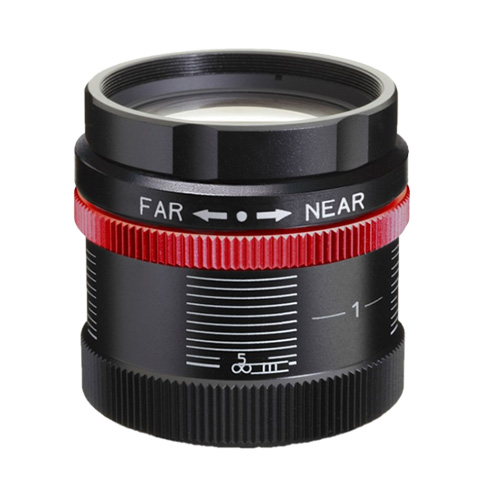 |
LENS-50-R
50mm Ruggedized Lens, Focal Length 50mm,Type Ruggedized, Iris Range F1.4/F2.8/F4/F8, Minimum Focus Range 0.5m, FOV (1m) 0.225m x 0.225m, FOV (10m) 2.25m x 2.25m, FOV (100m) 22.5m x 22.5m, Temperature Range -10°C ~ +50°C, Filter Ring M40.5x0.5
|
|
6-8 weeks |
Request for quote |
|